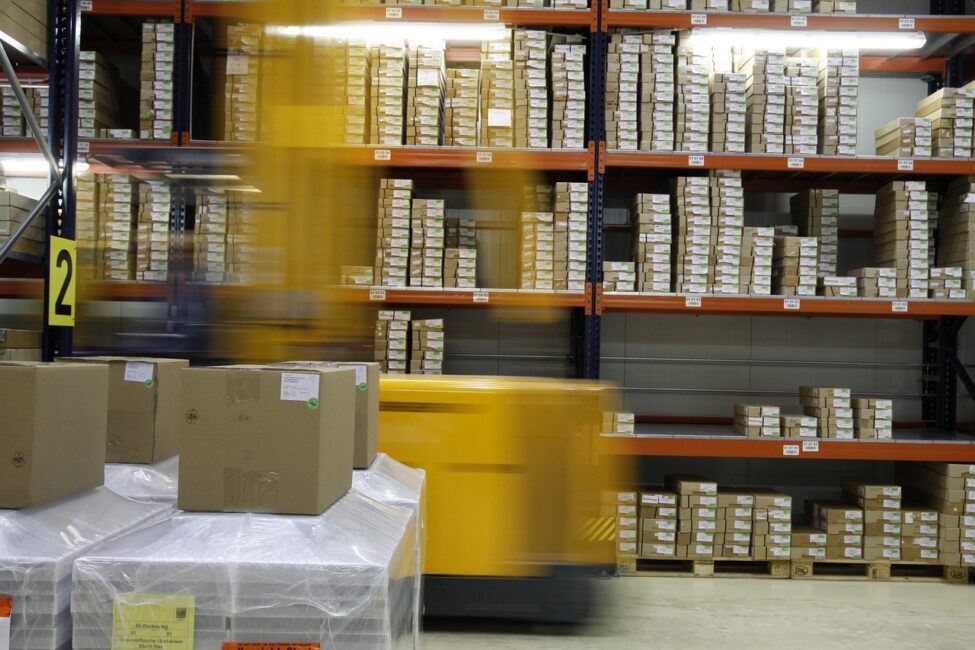Running a successful warehouse isn’t as easy as it looks. With employees to manage, inventory to track, and customers to satisfy and ship orders on time, the task of running a warehouse can seem overwhelming for any business owner or manager. That’s why having the right strategies in place is so essential. This blog post will highlight some key strategies that you’ll need to implement in order to help turn your warehouse into a well-oiled machine that runs like clockwork.
Utilize Software Solutions
Utilizing software solutions can be a key factor in staying ahead in warehouse management. You can read and learn more here about how technology, especially automation, can make everything run a lot more smoothly. By investing in the right software, companies can easily organize orders and track inventory, allocating resources efficiently to meet customer demands.Â
Companies that take advantage of advanced tech will gain greater visibility into their supply chain and maintain a more organized operation. This, in turn, allows for faster lead times, fewer errors, and improved customer satisfaction. With the proper warehouse management system in place, businesses can quickly turn around shipments, manage their stock levels, and maximize operational efficiency. Therefore, it is highly recommended that forward-thinking companies invest time and money into software solutions to ensure efficient warehouse operations.
Train The Staff
As with any business, the success of a warehouse relies heavily on the skill and efficiency of its staff. Taking the time to invest in meaningful training ensures that no job is done piecemeal – instead, staff will understand how their responsibilities contribute to the big picture. Employing teams that are knowledgeable about safety protocols as well as communicating changes in policies and procedures makes for a seamless workflow, without unexpected disruptions or errors.Â
Properly trained staff are less likely to react poorly under stressful situations; by giving them an opportunity to practice potential scenarios beforehand, you can ensure employees remain sharp and confident when it comes time to do the job. Investing in the knowledge and development of your staff is essential for setting up a successful warehouse system.
Get Good EquipmentÂ
Investing in quality devices will not only ensure timely delivery of goods, but also the safety of your warehouse staff. Get the following things:
* forkliftsÂ
* pallet jacksÂ
* conveyors belts
* shelving and racking
* loading dock equipment
* packaging equipment
* hand trucks and carts
* barcode scanners and printers
* safety equipmentÂ
* cleaning equipmentÂ
With good equipment, you can improve inventory control and optimize the use of storage space. In fact, many modern warehousing operations have implemented automated storage systems that further streamline workflow and increase productivity. When investing in equipment for your warehouse, look for reliable models from a reputable vendor that offers long-term warranties as well as maintenance plans.Â
Improve Safety
Ensuring the safety and security of workers and materials in any warehouse is essential to running a successful business. By evaluating workplace safety procedures, implementing regular audits, providing training and safety education to personnel, and having the right equipment on hand, you can vastly improve the overall safety conditions within your warehouse environment.Â
This can not only help to ensure compliance with local regulations but also create a safe working environment for all those that are involved. Regular training on proper equipment use and introducing training simulations or mockups will further decrease the risk of worker injury as well as familiarize your staff with new techniques or procedures.Â
Improve Communication
Communication breakdowns can occur when there is a lack of effective information sharing or a lack of clarity on tasks and objectives. To improve communication, effective processes should be put in place to ensure that everyone is well-informed and equipped with the right tools to do their job.Â
Additionally, it is important to maintain timely and accurate records, so that a clear chain of command is established and employees always have access to the most up-to-date information they need in order to perform their duties. By taking these steps, warehouse managers can effectively communicate with their employees, leading to better performance and ultimately boosting productivity.
Plan The Layout BetterÂ
When it comes to warehouse management, planning a better layout is one of the most effective ways to ensure a successful operation. By taking into account the different products being stored and the size and shape of the warehouse, managers can create a system that maximizes space efficiency while streamlining order processing and pick-and-pack operations.Â
Placing similar items together in areas that are easy to access and update can make it simpler for workers to do their jobs safely and quickly – getting orders placed on time and ensuring customer satisfaction. With thoughtful planning, warehouses can become efficient systems of organization that ultimately benefit all involved.
Running a successful warehouse comes down to careful planning and staying ahead of potential issues. Utilizing software solutions and training the staff should be your first priority, followed by investing in good equipment for long-term success. However, ensuring your warehouse works properly requires close attention to safety regulations and effective communication between the staff and management. Ultimately, it is up to the leadership to make a plan of action when managing a warehouse, which includes carrying out improvements such as optimizing layout designs and creating more efficient workflow processes!























